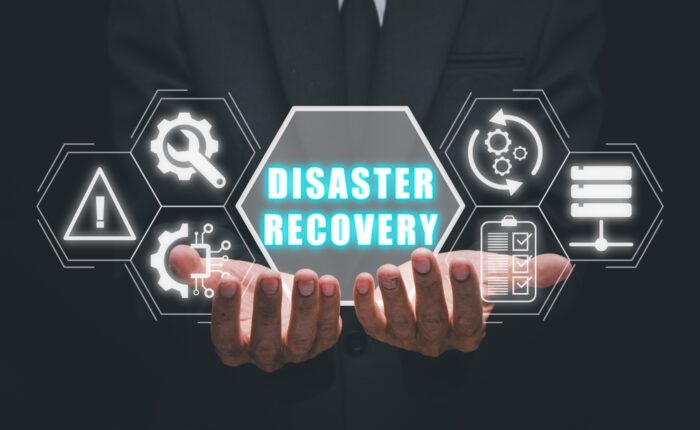- 24/7 Comprehensive end-to-end Database & IT Business Solutions
- Database Administration (DBA) Services
- Managed Database (DBA) Services
- Oracle Database Administration (DBA) Services
- SQL Server Database Administration (DBA) Services
- MySQL Database Administration (DBA) Services
- Database (DBA) Project Services
- Database Assessment Services
- Database (DBA) Consulting Services
- Database Administrator (DBA) Staffing Services
- 24/7 Emergency Remote Database Administration (DBA) Support Services
- Database (DBA) and IT Consulting Services
- IT Services
- Cloud Migration and Management Services
- Data Analytics, Visualization, and Integration Services
- Industry Specific Database and IT Services
- Managed Database and IT Solutions
for Manufacturing - Managed Database and IT Solutions
for Healthcare - Managed Database and IT Solutions
for Non-Profit Organizations - Managed Database and IT Solutions
for State & Local Government - Managed Database and IT Solutions
for Retail - Managed Database and IT Solutions
for Banking & Financial - Managed Database and IT Solutions
for Energy & Utilities - Managed Database and IT Solutions
for Hospitality
- Managed Database and IT Solutions
- Blogs
- Case Studies
- White Papers
- Contact Us








